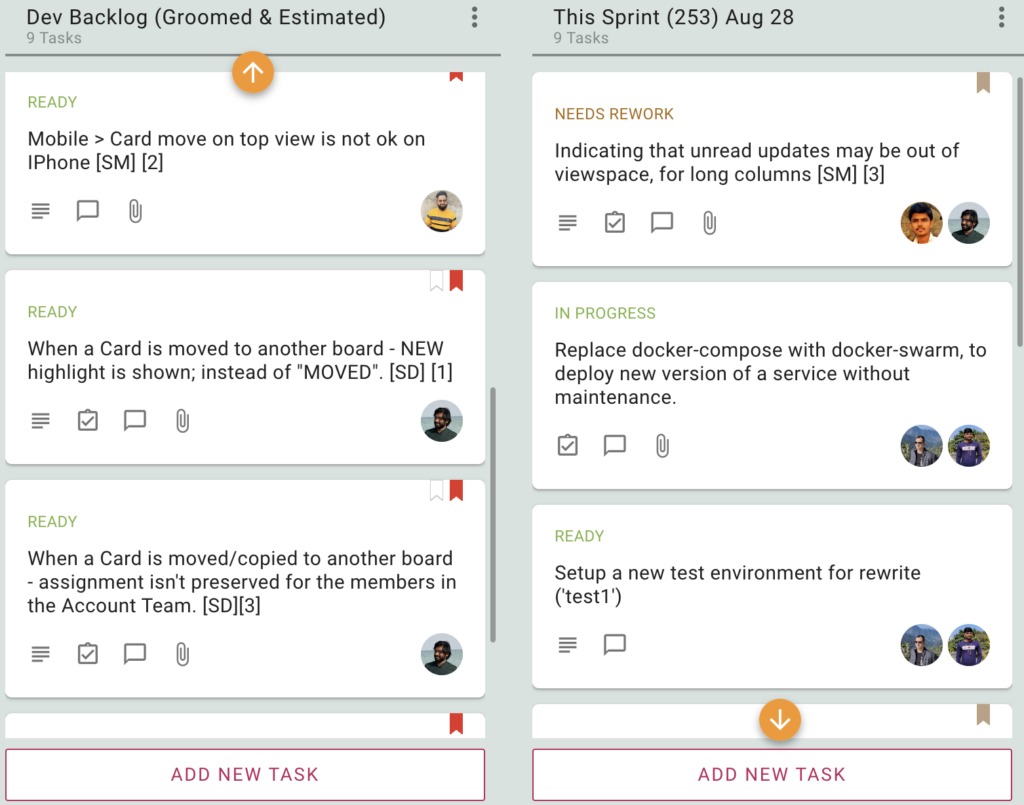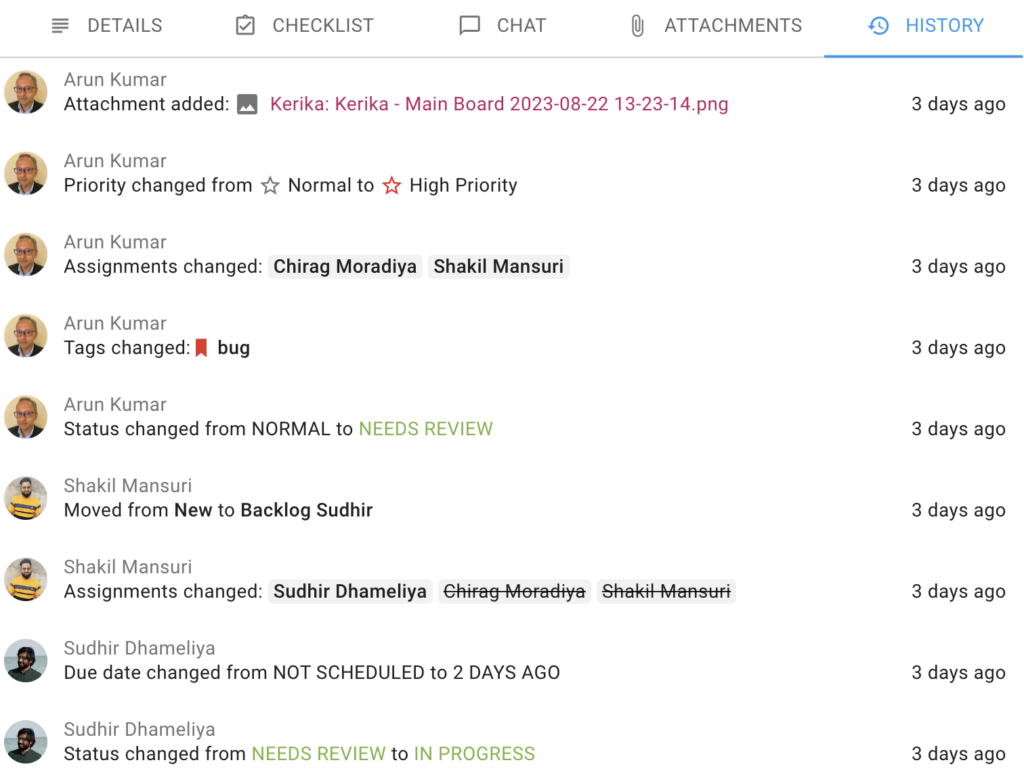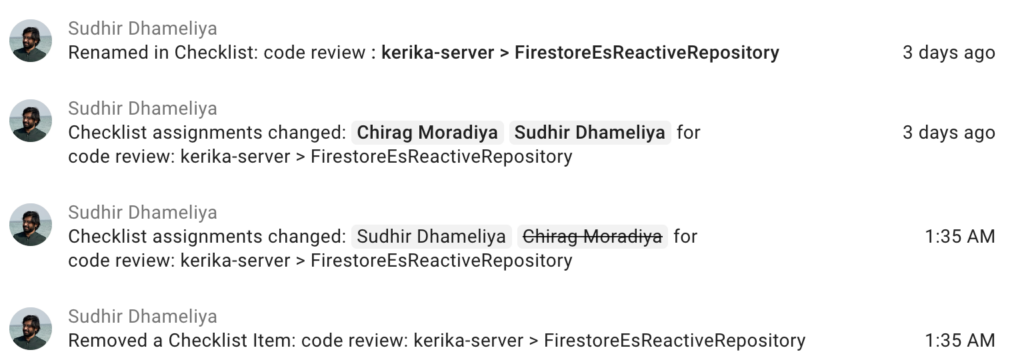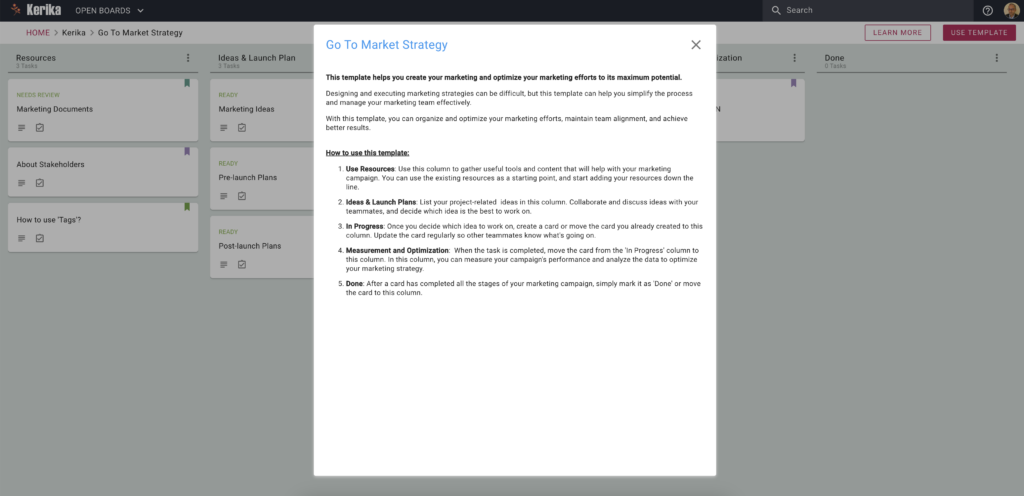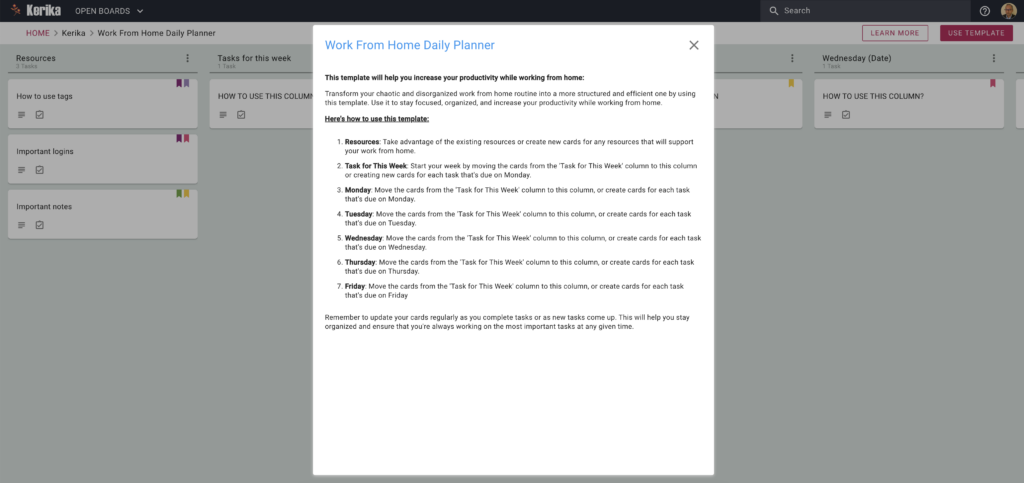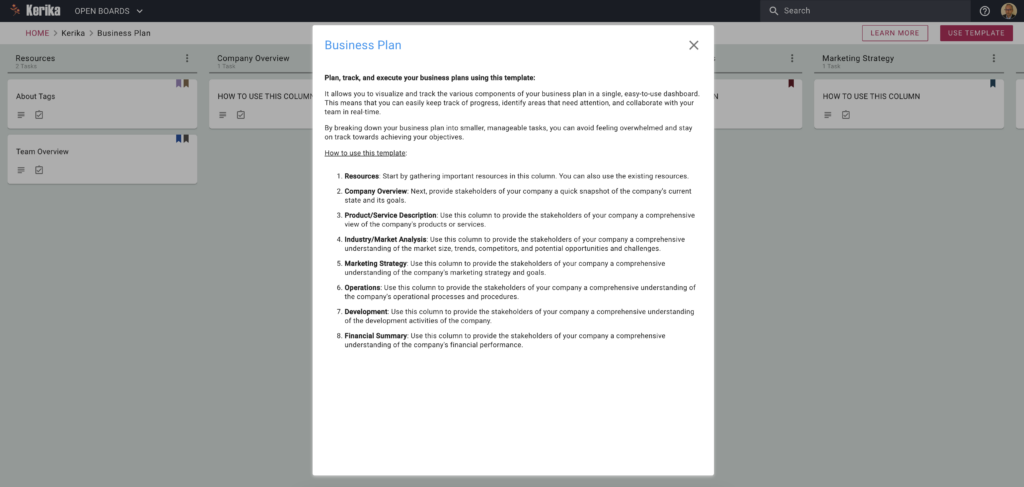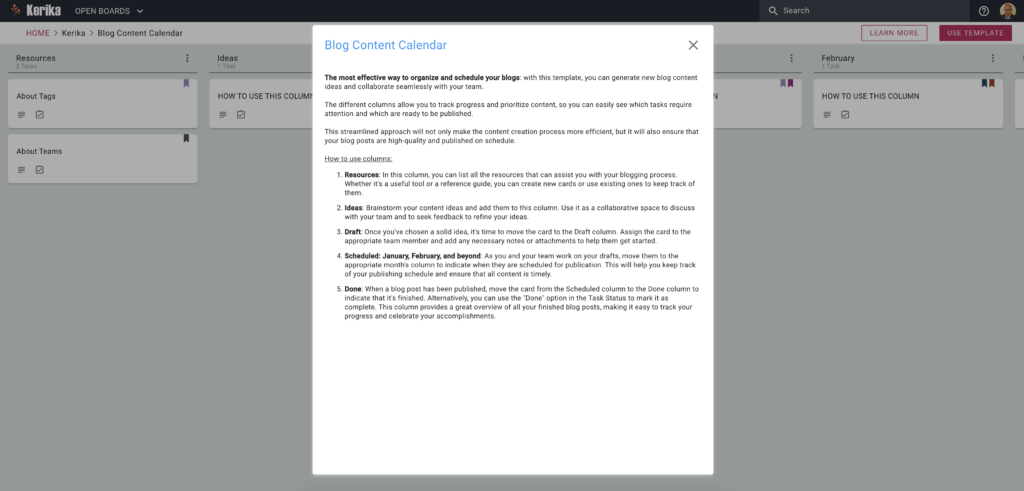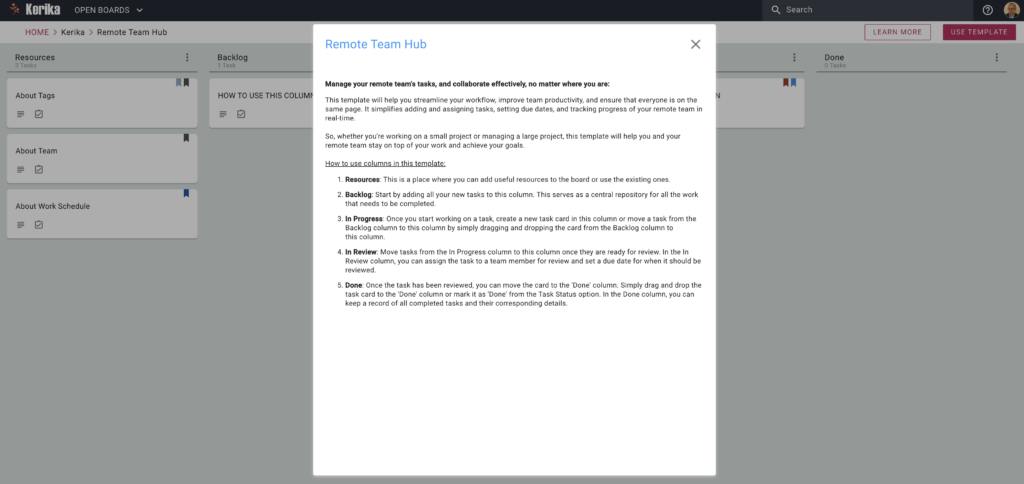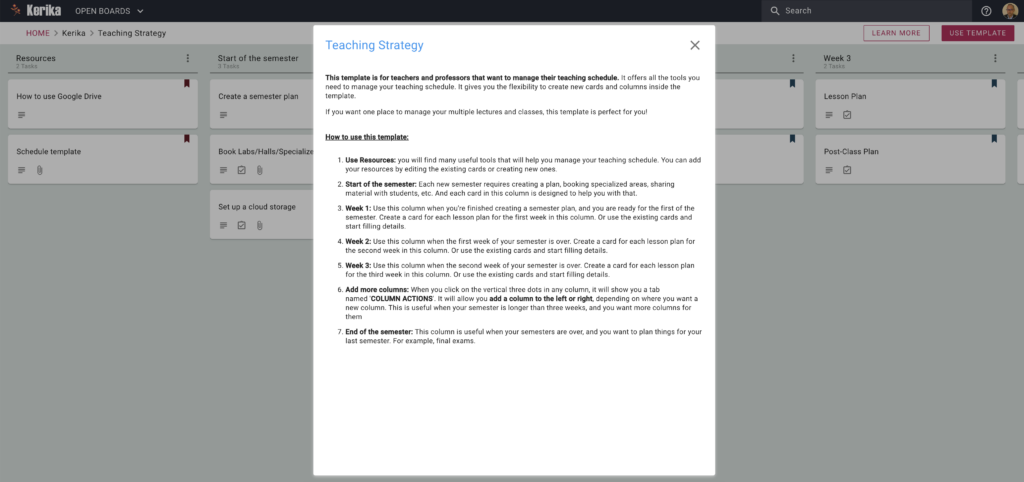If your board has a lot of tasks (and we know of people whose boards have nearly 2,000 tasks!), you may not notice immediately if a task that’s out of your current view has been updated. Our latest version makes sure you don’t miss anything:
In the example shown above, the two columns have tasks with unread updates that are out of view because the columns are long (and the viewport is short). Whenever this happens, Kerika will show you an orange arrow: clicking on the arrow will bring the next unread update into view.
This makes sure you always know when something has changed, even when that isn’t within your view!
At Kerika we are obsessed about usability…
